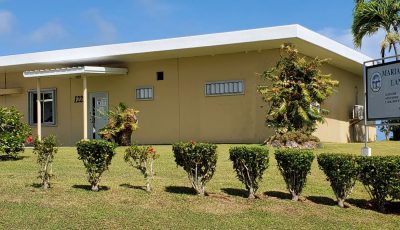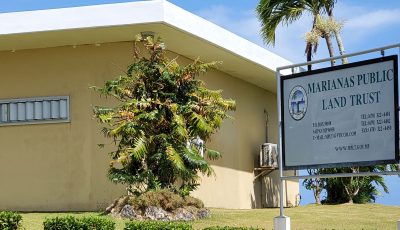‘NMDs need $2.48 for destroyed, damaged homes’
Typhoon recovery advocates have determined an unmet need of $2.48 million to rebuild and repair the homes of Northern Marianas descent affected by Typhoon Soudelor. These affected residents belong to some of the most vulnerable groups in the community, according to the Commonwealth Advocates for Recovery Efforts.
The group wrote to the Marianas Public Land Trust on Tuesday for an allocation of up to $3 million to support this repair and rebuilding effort.
Five months after Soudelor, CARE case managers have identified 400 out of 787 cases, or 51 percent, in need of “immediate” housing, repair, or rebuilding assistance. Based on their construction estimates completed to date, the anticipated cost— for 312 home repairs and 88 complete rebuilds—is $10,258,481.92.
CARE’s letter comes in support of a standing request from then acting governor Ralph DLG Torres last October for funds generated from the rental and leasing of Northern Marianas land, to help with this rebuilding effort.
“What CARE needs is the funding to address these unmet needs,” said CARE president Alex Sablan said in his letter to MPLT board. “Without these resources, those with unmet needs have nowhere else to turn.”
CARE case management data suggests 33.9 percent of individuals and families with housing needs are NMDs, Sablan said. The anticipated repair and rebuilding costs for these homes is $3,4777,625.37. Minus the $6,885 in federal disaster aid these households received—a total of $933,606—this leaves a remaining unmet need of $2,484,019.37.
“I know this is not a typical request to MPLT,” Sablan said. “Yet the size of the unmet need for those among us who are most vulnerable requires action from all facets of our community.”
CARE has found that most of the residents with unmet needs are also those most vulnerable in the community—including the elderly, those with children under the age of 3, as well as those with functional access and immediate medical needs. Eighty-four percent of the 400 families identified fall within on of these highly vulnerable groups, or have an income below 125 percent of the federal poverty guidelines, Sablan said. And 10 percent of the families include at least one household member with a disability.
“CARE is dedicated to building a more resilient community in which structurally safe, sanitary, and functional housing must become the new normal,” Sablan said. “We must not allow substandard housing to go unaddressed at this time as we have an unique window of opportunity to rebuild to standards that will withstand future natural disasters.”



























